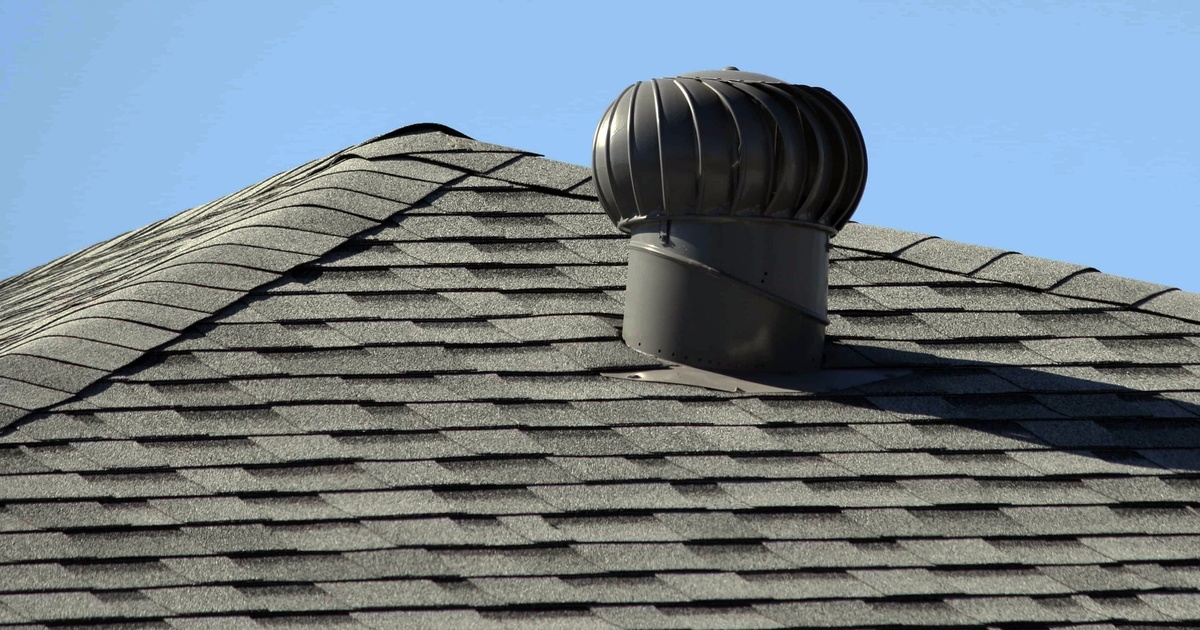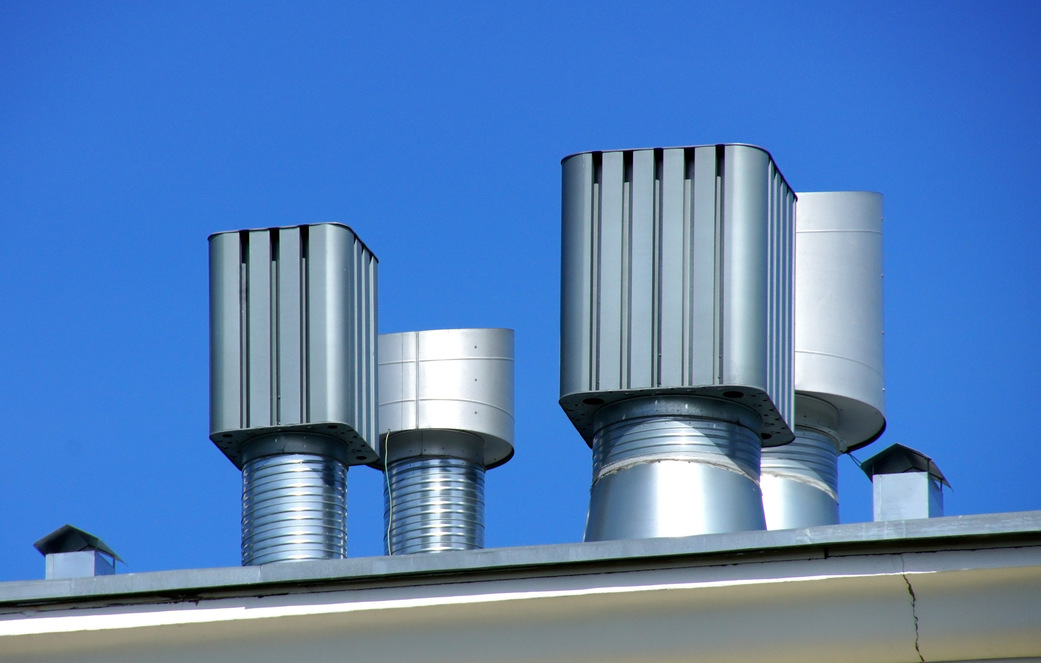How Correct Ventilation Is Important in Plumbing Systems
How Correct Ventilation Is Important in Plumbing Systems
Blog Article
The article on the next paragraphs about The Upsides of Proper Ventilation in Plumbing Design is highly captivating. You should see for yourself.

Correct air flow in plumbing systems is frequently overlooked, yet it is essential for keeping the performance and safety of your home's pipes. Ventilation helps regulate atmospheric pressure, avoid the buildup of dangerous gases, and make certain the efficient elimination of waste. In this guide, we will certainly discover the value of correct pipes ventilation, just how it functions, and the advantages it offers your pipes system.
Recognizing Ventilation in Pipes
Ventilation in plumbing refers to the network of pipelines that allow air to move via the drainage system. These vents serve several functions, including managing air pressure within the pipes, avoiding sewage system gases from entering the home, and aiding in the smooth circulation of wastewater.
How Air Flow Works in Plumbing Systems
Air Pressure Law
Appropriate ventilation keeps well balanced atmospheric pressure within the plumbing system. When water streams with pipelines, it displaces air. Without sufficient air flow, this variation can create negative pressure, resulting in reduce drains or siphoning of water from traps, which can trigger undesirable odors to seep right into the home.
Protecting Against Drain Gas Buildup
One of one of the most important functions of plumbing vents is to prevent sewage system gases, such as methane and hydrogen sulfide, from accumulating within the home. These gases can position significant health and wellness dangers and are highly combustible. Vent pipes allow these gases to get away safely outside.
Helping in Waste Elimination
Air flow assists in the effective elimination of wastewater by stopping airlocks in the drain system. When air can move freely through the vents, it permits water and waste to move efficiently through the pipelines, reducing the risk of obstructions and back-ups.
Sorts Of Plumbing Vents
Main Stack Vent
The major stack air vent, additionally referred to as the vent stack, is the key vent in a plumbing system. It prolongs from the major drainpipe line up via the roofing, allowing gases to run away and fresh air to go into the system.
Branch Vent
Branch vents link to the main stack air vent and offer individual components, such as sinks, toilets, and showers. These vents make certain that each fixture has appropriate ventilation to work correctly.
Air Admittance Valve (AAV).
An Air Admittance Shutoff (AAV) is a one-way valve that allows air to get in the pipes system without the requirement for a traditional vent pipeline prolonging via the roof covering. AAVs are frequently used in improvements or areas where setting up a standard vent is unwise.
Indicators of Poor Ventilation in Pipes.
Slow Draining Fixtures.
If your sinks, bathtubs, or toilets are draining slowly, maybe an indicator of bad ventilation. Insufficient air flow can create a vacuum cleaner effect, making it challenging for water to drain pipes properly.
Gurgling Seems.
Gurgling sounds coming from drains are frequently an outcome of air being drawn through water traps because of unfavorable pressure in the pipelines. This is a clear indication of inadequate air flow.
Undesirable Odors.
Sewage system odors inside your home are a red flag that your plumbing system is not appropriately aerated. This can imply that drain gases are not being adequately aired vent outside, bring about possibly unsafe problems.
Typical Ventilation Blunders.
Inadequate Vent Sizing.
Utilizing small air vent pipes can bring about bad air flow and pressure discrepancies in the system. It's essential to use vents that fulfill the certain requirements of your plumbing system.
Improper Vent Positioning.
Placing vents too far from the fixtures they serve can minimize their effectiveness. Correct placement guarantees that air can flow easily and successfully through the system.
Disregarding Code Requirements.
Building codes give specific standards for plumbing air flow. Neglecting these codes can result in a system that stops working to work appropriately and may cause expensive fixings or health hazards.
Advantages of Correct Air Flow.
Boosted System Efficiency.
Properly ventilated plumbing systems operate a lot more effectively, with fewer clogs, faster draining pipes, and much less stress on the pipes. This effectiveness expands the life-span of the plumbing system.
Improved Air Top Quality.
By avoiding sewage system gases from entering your home, correct ventilation contributes to far better indoor air top quality, making your living setting healthier and much more comfortable.
Avoiding Water Damages.
Sufficient ventilation helps protect against water from being siphoned out of catches, which can bring about sewage system gases going into the home and causing water damage over time.
Actions to Make Sure Correct Air Flow.
Consulting Plumbing Codes.
Constantly speak with local plumbing codes when making or modifying your plumbing system. These codes give the necessary guidelines for correct venting and guarantee your system fulfills safety and security requirements.
Regular Evaluation and Upkeep.
Normal inspections can help identify prospective ventilation problems prior to they become major problems. Upkeep tasks, such as cleaning air vent pipelines and looking for clogs, are essential for keeping the system in good working order.
Specialist Installation.
For new installations or major alterations, it's wise to hire a professional plumber. They have the expertise to make certain the air flow system is correctly designed and set up according to code.
Conclusion.
Appropriate air flow is a critical element of any kind of pipes system, ensuring that it functions efficiently and safely. By recognizing the significance of air flow, acknowledging the indicators of inadequate air flow, and taking steps to maintain your system, you can prevent pricey issues and secure your home's air quality.
4 Things You Should Know About Your Plumbing Vents
What Plumbing Vents Are
Also called a vent stack, a plumbing vent is a vertical pipe attached to your drain line that runs through your roof. The plumbing vent pipe, or plumbing air vent, removes gas and odors from your plumbing system and allows fresh air to enter the pipes, helping the water to flow out of the drain pipes.
What Plumbing Vents Do
Plumbing vents have two basic functions. One of which is to allow unpleasant smelling wastewater and sewer gasses to escape your plumbing system instead of entering your home. Plumbing vent pipes are typically located on roofs, away from windows, to ensure the fumes exit the home completely.
The other function of the plumbing vent is to move fresh air into your plumbing system. This helps move water through every plumbing fixture in your house, like toilets and sink drains. Think of the way in which you need to let a little air into the bottle as you pour soda in order to make the drink flow smoothly.
Different Types of Plumbing Vents
True vent: This is the most common vent option. In simplest terms, a true vent is a vertical pipe attached to your drain line that exits through the roof. They often function as the main vent that other fixtures can connect to. Re-vent pipe or auxiliary vent: Attached to the drain line near specific plumbing fixtures, re-vent pipes run up and over to connect to the main vent. Common vent: Two plumbing fixtures installed on opposite sides of a wall are typically tied into the vent stack using something known as a sanitary cross. Wet vent: This venting option operates as a drain pipe and a vent at the same time. Wet vent drainage systems drain water from one fixture while venting the air from another. Although they’ve been used for over 100 years, wet vent systems have only recently been added to the plumbing code in many areas. If you’re planning on installing one in a bathroom remodel, make sure you check your local code prior to construction. Loop vent: For free-standing fixtures like kitchen island sinks, loop vents are ideal. These vent pipes run under the floor, rise from the P-trap, and create a loop inside the cabinet sink. Air admittance valve: An AAV is a one-way mechanical valve typically installed at the site of the plumbing fixture. AAVs allow venting to occur without having to tie into a larger venting system. They’re ideal for venting fixtures where you aren’t able to easily connect to an existing vent system. Common Plumbing Vent Issues
Although vent pipes typically don’t have water flowing through them, they’re still subject to many typical plumbing issues. For example, clogs are one of the most common problems associated with sewer vent pipes. If your vent pipe gets clogged, all of your plumbing fixtures tied into the vent stack will be affected.
A sink with a slow drain that bubbles and gurgles or a strong sewage smell around your toilet are both indicators that your toilet vent pipe is clogged. Because most vent pipes exit through the roof, old leaves, twigs or even a bird’s nest could be clogging the pipe.
Clogs in your vent pipe system cause a buildup of negative pressure, meaning that water won’t be able to flow out of your home very well. It’s similar to putting your finger over the opening of a straw to trap water inside. When you remove your finger, the water is able to flow out of the straw.
If you suspect you have any blockage in your vent, make sure you have a professional come examine the situation. Left unchecked, a blocked air vent can lead to other costly repairs, like leaks and sediment buildup.
Under Pressure
Pipe vents are essential aspects of a home’s plumbing system. Owning a home means learning about all sorts of things you never put much thought into before. But by understanding as much as you can about the important systems of your home, you can keep those budgets intact and those anxiety levels low.
https://www.homeserve.com/en-us/blog/home-improvement/plumbing-vents/

I recently found that piece on What Is a Plumbing Vent and Why Is It Important when doing a lookup on the web. Loved our article? Please quickly share it. Let another person check it out. Thank you for being here. Revisit us soon.
Schedule Now Report this page